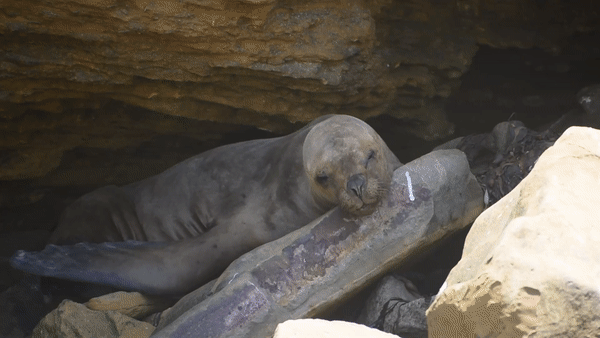Volume 29, Number 12—December 2023
Research Letter
Mass Mortality of Sea Lions Caused by Highly Pathogenic Avian Influenza A(H5N1) Virus
Video 2

Video 2. Female sea lion (Otaria flavescens) with acute respiratory distress, aborting and exhibiting nervous incoordination consistent with highly pathogenic avian influenza A(H5N1) virus. The video was recorded on a beach near the city of Paracas, Peru.
1These two authors contributed equally to the study.
Page created: October 30, 2023
Page updated: November 18, 2023
Page reviewed: November 18, 2023
The conclusions, findings, and opinions expressed by authors contributing to this journal do not necessarily reflect the official position of the U.S. Department of Health and Human Services, the Public Health Service, the Centers for Disease Control and Prevention, or the authors' affiliated institutions. Use of trade names is for identification only and does not imply endorsement by any of the groups named above.